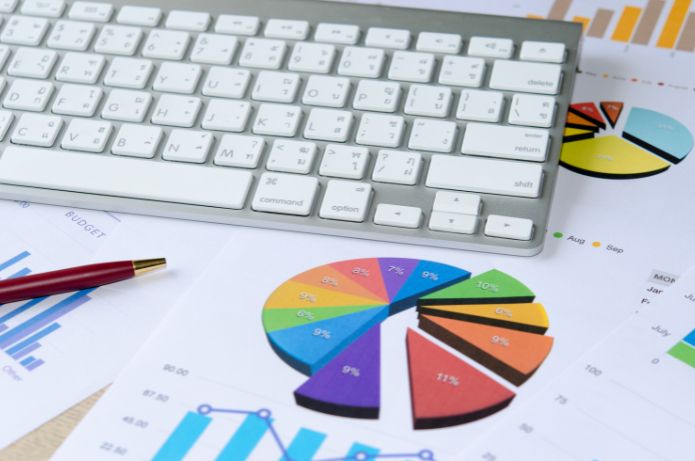No company or organization is alone. This is obvious. But the impacts of these relationships are not always well established when the subject reaches the themes of reputation and its impact on sales and business.
Imagine a large company. She needs to rely on a supply chain that can include thousands of other companies, that in turn buy products, services, inputs and raw materials from many others. In a world with ESG issues on the agenda, all this universe will weigh in favor (or against) the contracting company.
For those who still imagine that this topic is philosophical, ideological or distant, some facts show the opposite. On the environmental issue (the E of ESG), the European Council approved, last year, a kind of tax on carbon emissions from exporting companies to European Union countries (Carbon Border Adjustment Mechanism, or CBAM. The mechanism will target imports of carbon-intensive products, like iron ore, fertilizers and cement.
By the end of next year, merchants must report on emissions, with application expected from 2026.
Furthermore, in April the European Parliament approved the Corporate Sustainability Due Diligence Directive (CS3D), that requires European companies with more than a thousand employees to verify their value chains, from the extraction of raw material to the distribution of the final product, what it involves, inclusive, suppliers that initially have no commercial relationship with Europe, like a meat or cotton seller for companies that – these, yes – they export to the Europeans.
The financial crisis of 2008 triggered tighter commitments from financial institutions regarding the risk of their clients, defined in the so-called Basel Agreement. Even so, situations like the recent collapse of Americanas have raised suspicions of collaboration from financial institutions in the balance sheet manipulation operation.
That is to say, believing it or not, liking it or not, many companies will be involved in the game under the threat of commercial impact. The big ones are already getting ready, with greater or lesser depth. Natura began measuring ESG indicators throughout its value chain in 2021 and identified that 96% of its climate impact is related to this chain, both before and after manufacturing, including consumption and disposal. It also created theEmbrace program, to engage the chain in initiatives of positive impact. One of the award winners was Wheaton, whose carbon footprint collapsed with the adoption of biomethane in furnaces. This year, Natura also announced its Regenerative Alliance, to empower partners in the adoption of sustainable solutions.
A Vivoalso announced the advancement of its net zero target from 2040 to 2035 with a focus on reducing scope 3 emissions (supply chains and customers). A giant challenge for those who have 1,2 thousand suppliers and more than 110 million customers. First, committed to a program with 125 carbon-intensive suppliers, emitters of 85% of the total chain, to help them structure action plans – 61% of them have already joined the initiative (the difficulty is greater with small and medium-sized companies). GPA also requires its suppliers to adhere to aletter with ethical principles. But this was not enough to create barriers against wine producers whose suppliers, in turn, included employers of labor in situations analogous to slavery, like Salton and Aurora (which can demonstrate the complexity in addressing the value chain issue and its impacts).
The ABC bank, focused on corporate clients, recently announced measures to drive its customers towards a green economy – the idea is to show how many tons of carbon, for example, a financing or loan can generate and guide them in adopting better practices.
Against the tide of giants, the French brand Vert manufactures its coveted sneakers in Brazil worn by personalities like Kate Middleton and Emma Watson. The company was born to manufacture footwear with respect for the environment and fair compensation for its production chain, handpicked. Sustainability and transparency allow the company to charge prices similar to those of global leaders and have led its revenue to 250 million euros (around R$ 1,3 billion, practically because of your reputation, passed from mouth to mouth.
The example shows that real commitment (and not just good intentions or greenwashing) builds reputation and sales with support that comes from outside (in this case, two suppliers. That is to say, more and more all companies will be impacted, sooner or later, for those who are away from home, from suppliers to customers. Understanding this equation will help keep sales steady.


